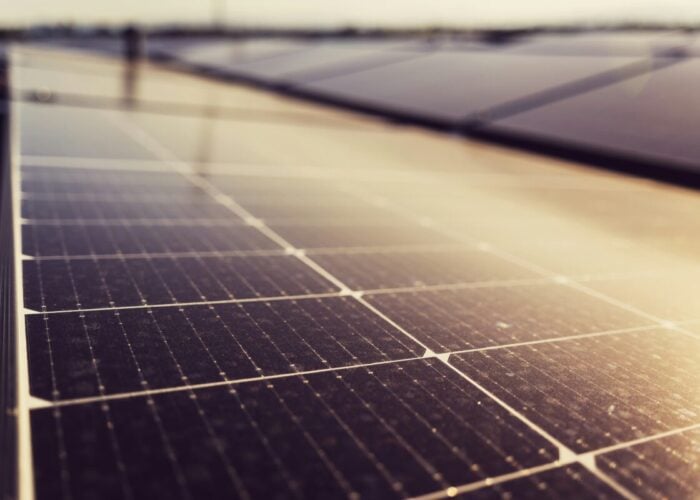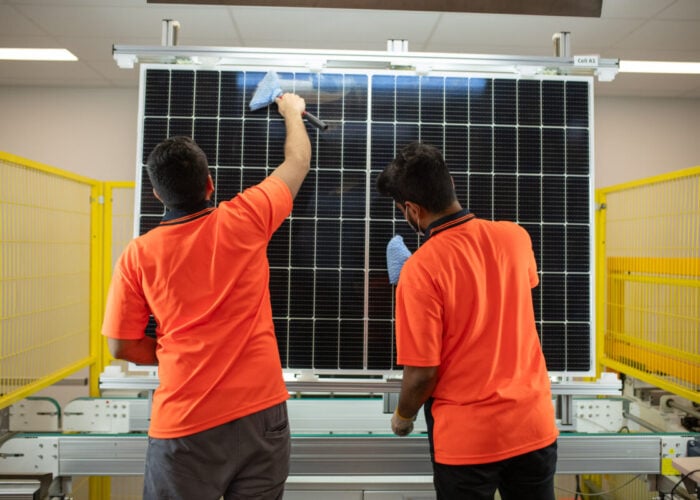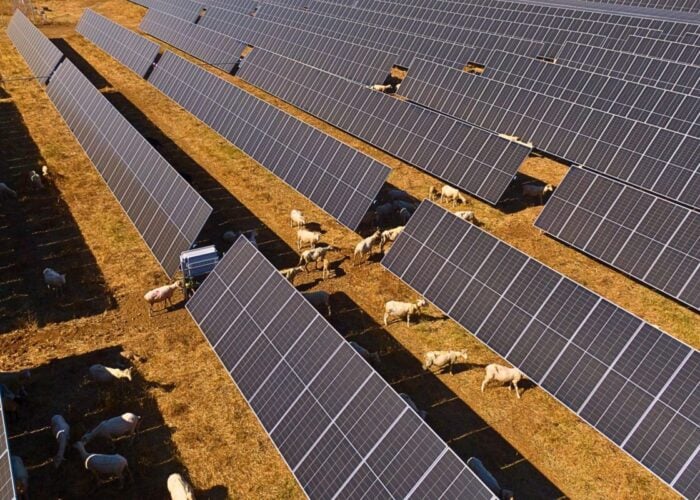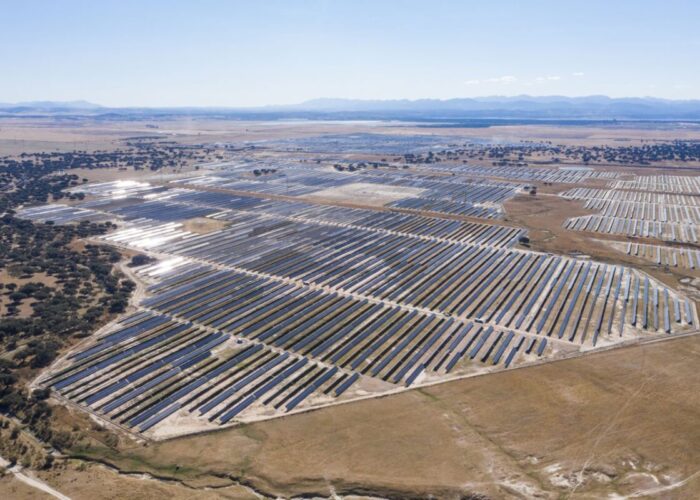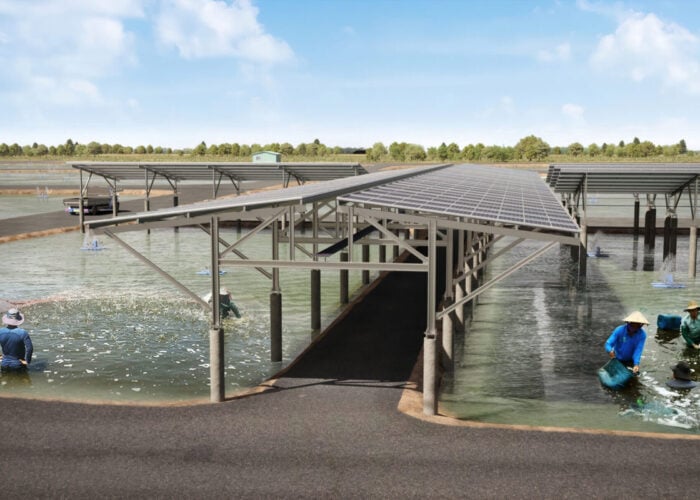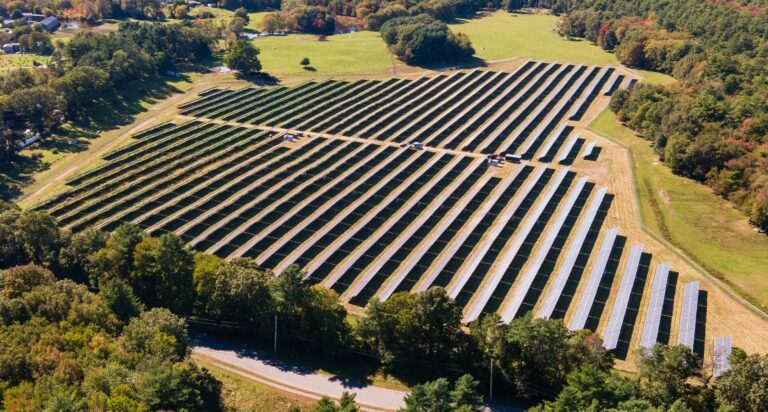
Since last year, the manufacturing cost of the equipment for China’s PV industry chain has been “retrogressively” rising, imposing challenges on global solar power project development, investors and power stations’ yield.
At the same time, as a large number of power stations age, modules, inverters, trackers and other key equipment gradually develop various problems, leading to lower than expected performance.
Unlock unlimited access for 12 whole months of distinctive global analysis
Photovoltaics International is now included.
- Regular insight and analysis of the industry’s biggest developments
- In-depth interviews with the industry’s leading figures
- Unlimited digital access to the PV Tech Power journal catalogue
- Unlimited digital access to the Photovoltaics International journal catalogue
- Access to more than 1,000 technical papers
- Discounts on Solar Media’s portfolio of events, in-person and virtual
Earlier this year, a DNV study of current US solar plants highlighted the potential need for trackers and problems that need to be overcome. The study showed that uneven terrain can cause up to 6% loss of plant performance, a trend that is likely to be amplified as plant construction environments become more complex and diverse.
Amidst these upwards pressures, what mechanisms do we have at our disposal to reverse the trend of rising costs and obtain greater value from PV plants?
How to augment PV power generation potential
Currently, the price of PV silicon material, modules, steel and other products remain high. On the other hand, limitation of land resources, cost of power grid access and supporting construction are still rising. As a result, increasing power generation is one of the most effective ways to reduce the cost of a kilowatt-hour.
Trackers can capture more solar radiation with flexible rotation into different directions, thus contributing to good power generation performance. Therefore it is regarded as a ‘useful weapon’ to boost power generation for projects. Compared with fixed brackets, trackers can increase power generation by 10-25% and are widely used in solar parks around the world.
In terms of land utilisation, construction of PV plants has gradually shifted from flat land to special terrain such as deserts and even abandoned mines or sunken coal mining subsidence areas. This not only means that the design and installation of power stations is more difficult, but also means a large amount of power loss due to occlusion.
When it comes to making the most out of these environments, products such as double-sided dual-glass PV modules and trackers using astronomical algorithm technology have made great progress compared with fixed brackets. But the current technology still meets a tough bottleneck in making full use of diffuse light.
Meanwhile, a rise in global labour costs and the large-scale application of artificial intelligence (AI) technology in various other industries is building the case for greater AI adoption in the solar sector. It is likely that smart tracking technology employing sophisticated AI and machine learning processes will gradually become an industry trend.
Developing and applying a more refined and relevant power generation evaluation model has become the key and will help with the rapid popularisation of smart technology.
Technology facilitates power generation
Through generations of updates, top tracker producers are helping plant owners reduce the terrain-related risks, thereby improving gains. Leading companies are also uncovering solutions to more pain points in the market.
In May 2022, TrinaTracker released its second generation smart control system, dubbed SuperTrack, to improve power generation in rainy and cloudy weather as well as reduce the loss of power generation caused by occlusion on uneven terrain.
It is understood that the industry is in need of power boosting evaluation software, complete with smart tracking algorithms. The commonly used PVsyst software does not fully support the simulation of smart algorithms. It depends on repeated modeling, modification and simulation from experienced engineers, which is time consuming and costly. The end market is expecting a more advanced and more user-friendly software tool to simulate the potential of smart tracking algorithms.
In this context, TrinaTracker’s SEB simulation software for tracking systematic power generation came to the market in July.
“We need more well-developed simulation software that can fully take into account the factors of overcast and rainy days, complex terrain and tracker software,” said Kai Sun, head of TrinaTracker’s smart tracking technology R&D department at a recent press conference.
“Our SEB simulation software is a complement and optimisation of PVsyst. PVsyst does not yet support the optimisation effect of full simulating smart algorithms, while the core of SEB is to simulate the power generation gain of smart algorithms.”
The new software is easy to use, and TrinaTracker provides power generation consulting services at the same time.
The operating interface of the software inputs information into four categories. The first is basic information, including geographical location, such as longitude and latitude. The second is the radiation data, which is used to evaluate the power generation gain under highly diffuse radiation. The third is the system design, including the bracket structure and wiring mode. The fourth is topographic and landform information, which is used to evaluate the power generation gain on uneven terrain.
The software also provides simulation results and related performance reports. In addition, TrinaTracker has opened consulting services for industry players.

